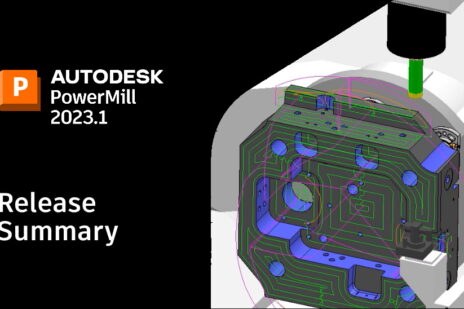
Additive manufacturing is a process that uses 3D design software and a multi-axis arm to deposit materials onto a printing platform. The material can be resin, nylon, ceramic, and many others. It differs from conventional subtraction techniques which remove unwanted pieces from a solid block to reveal the final product. Not only does this save on material waste and costs, it is also environmentally friendly and can create highly complex and customizable structures.
Additive manufacturing techniques
The increasing popularity of miniature components in a wide variety of industries has given rise to new manufacturing techniques. As computers, robots, and other technological innovations become smaller in size, additive manufacturing processes have become more popular due to their versatility and precision. Therefore, it is crucial for those working in the manufacturing industry to understand how the additive process works. Continue reading below to learn more about 7 such additive manufacturing techniques.
1. VAT Photopolymerization
VAT Photopolymerization, also known as digital light processing or continuous liquid interface production, is a process that uses liquid photopolymer resin to construct an object in an additive way. The resin has to be made from materials curable under a UV light, such as this MS Resin from Sigma-Aldrich. The UV light can harden the liquid resin into shape to form the finished product. It is a process that provides a high degree of accuracy and complexity as well as a smooth surface in the finished product.
2. Powder Bed Fusion
This process involves using a laser or electron beam to melt and fuse powdered material together. To start off, a 0.1mm thickness of material is spread over the building platform to create the first layer. This layer is then fused together by laser before a new layer of powder is spread over the top and then fused together. The powder provides structural support and the process is repeated until a final product is created. It is good for creating highly complex designs and working with materials such as plastics, metals, ceramic powders, and sand.
3. Binder Jetting
Binder jetting is an additive process that uses a binder and a powder. First, the powder is spread over the building platform. Then, a binder adhesive is deposited over it before another layer of powder is spread over that. This process repeats until the final product has been created. It is good for full-color printing and working with materials such as powdered plastic, metal, ceramics, glass, and sand.
4. Material Jetting
Material jetting involves a jet of liquid which is injected onto the build surface. The jet creates one layer of the object at a time and the material is deposited horizontally across the platform. The layers are then allowed to harden or are cured under a UV light. It is a great method for creating products that require a high level of accuracy and it also allows for the creation of colored parts. Typical materials that can be used include photopolymers, polymers, and wax.
5. Sheet Lamination
This process uses metal sheets or ribbons which are welded together. First, the material is positioned on the cutting bed and bound into place. Then, a laser or knife cuts the material into the required shape before the next layer is added and cut. This process repeats until a final product is created. The process is ideal when a high volumetric build rate is required at relatively low cost and can be used with materials such as paper, plastic sheets, and metal foils.
6. Material Extrusion
The material extrusion method involves drawing materials through a nozzle, where it is heated and deposited onto the building platform. Multiple layers are deposited on top of each other to fuse together as the heated material hardens and cools. It is an inexpensive and economical method to create products with good structural properties and in multiple colors. Some typical materials used include thermoplastic filaments and slurries.
7. Directed Energy Deposition
This is a more complex method used to repair or add additional materials to an existing structure. An arm with a nozzle moves around a fixed object to deposit material onto its surface. The material can be in powder or wire form and is added in layers which then solidifies. It is great for making repairs on high-value equipment such as gas turbine engines or adding components to an existing object. You learn some more about Directed Energy Deposition, or DED, in this YouTube video.
Conclusion
Additive manufacturing is a process that uses a multi-axis arm to create 3D products. The seven versions mentioned in this article all require access to 3D design software. A popular choice is Autodesk’s Fusion 360 for machining, printing, inspecting, and fabricating better quality parts. The software can be used to create or update new and existing files, as well as to share and collaborate with multiple personnel on major projects.



Add comment
Connect with: Log in
There are no comments